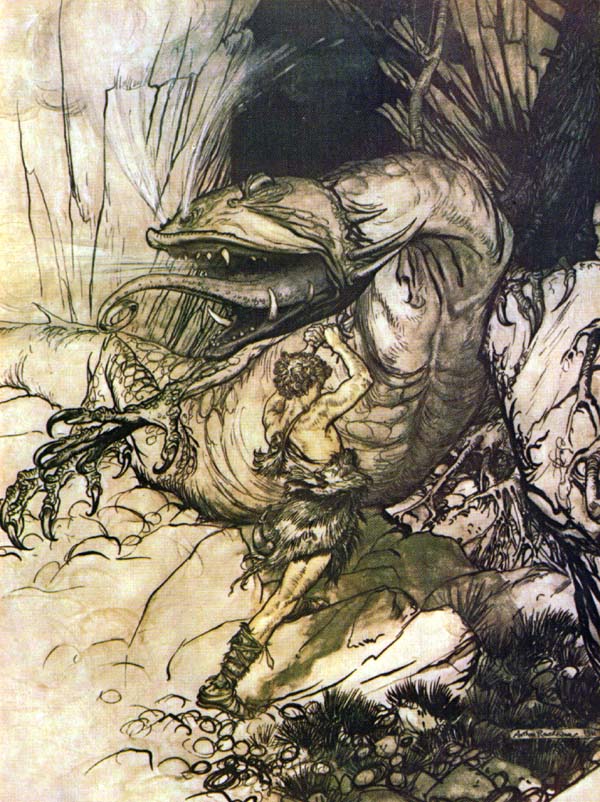If you’re familiar with the classic novels featured in these six second videos, you’ll get the joke. Ad agencies have produced several of these quick takes by YouTube’s request in pursuit of a new, flash ad format to be displayed before other videos. At six seconds each, the ads can’t be skipped past.
In a similar vein, The Wild Detectives bookstore in Dallas is trying to “troll people into reading classic books through clickbait.” They call them “litbaits.” Headlines read, “British guy dies after selfie gone wrong” for The Picture of Dorian Grey. The links led to blog posts with the all of the book’s content included. That wouldn’t turn anyone away, would it?
And chalk another one up for the Oxford comma under reasons it is saving the world. A group of Maine dairy drivers took their company to court to win overtime pay. The law defining exactly what was excluded from overtime lists many things, but it lacks one thing: an Oxford comma.
The law states, “The canning, processing, preserving, freezing, drying, marketing, storing, packing for shipment or distribution of: (1) Agricultural produce;
(2) Meat and fish products; and
(3) Perishable foods.”
The drivers argued that while they do distribute food, they don’t pack it, so the exemption applies to “packing for shipment or distribution” and not to the distribution. The Circuit Court judge began his decision, writing, “For want of a comma, we have this case.”
Like this:
Like Loading...





